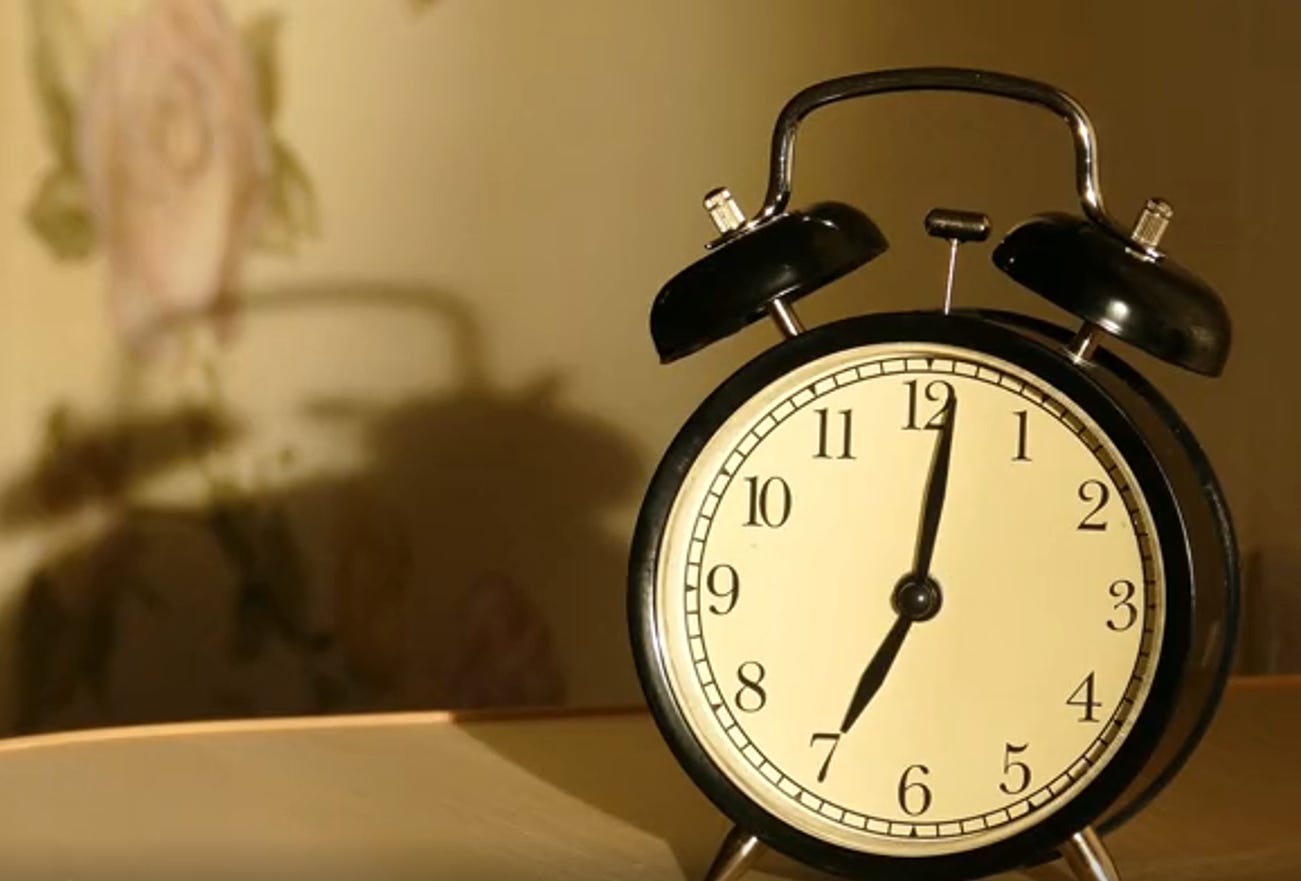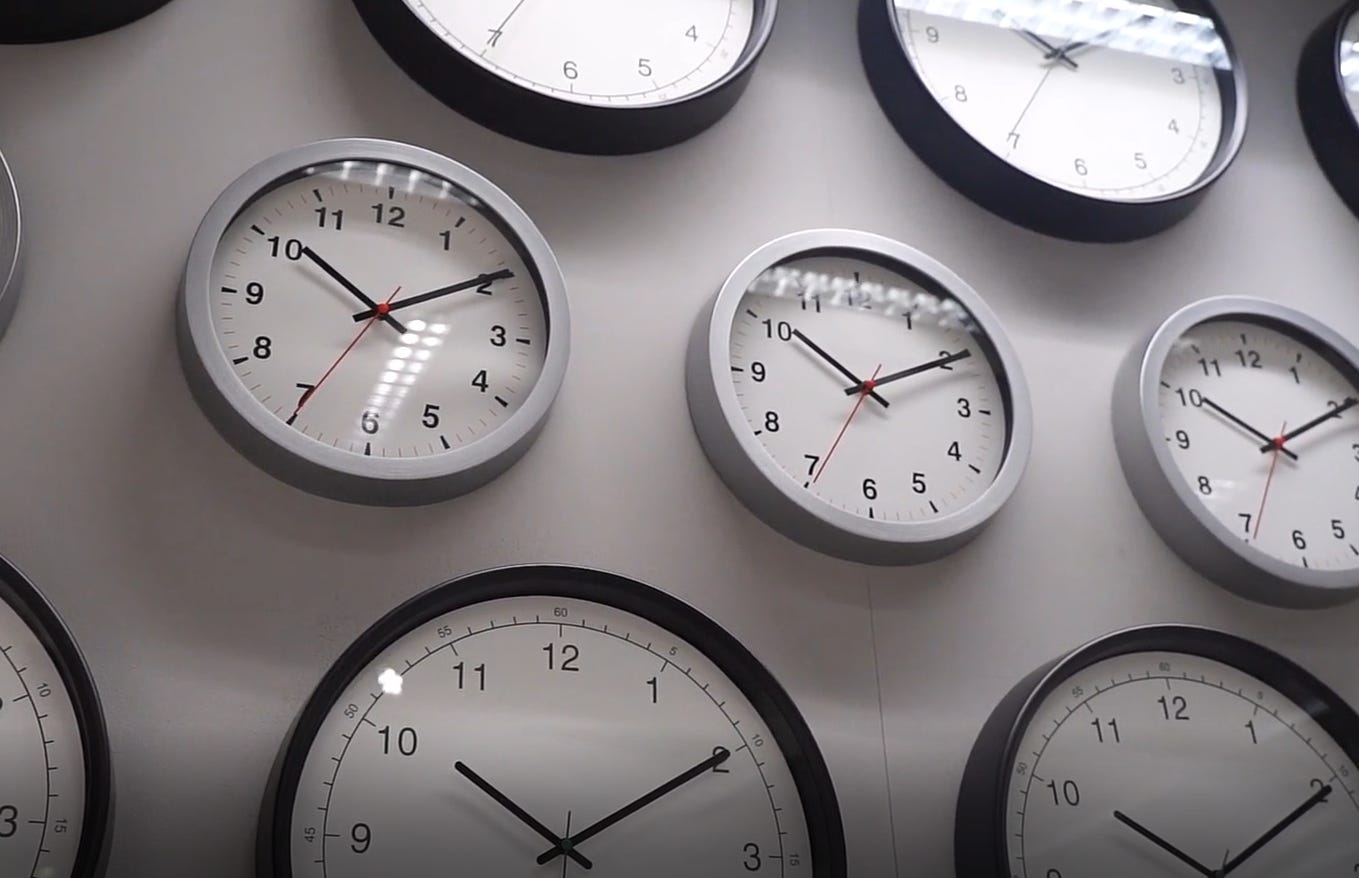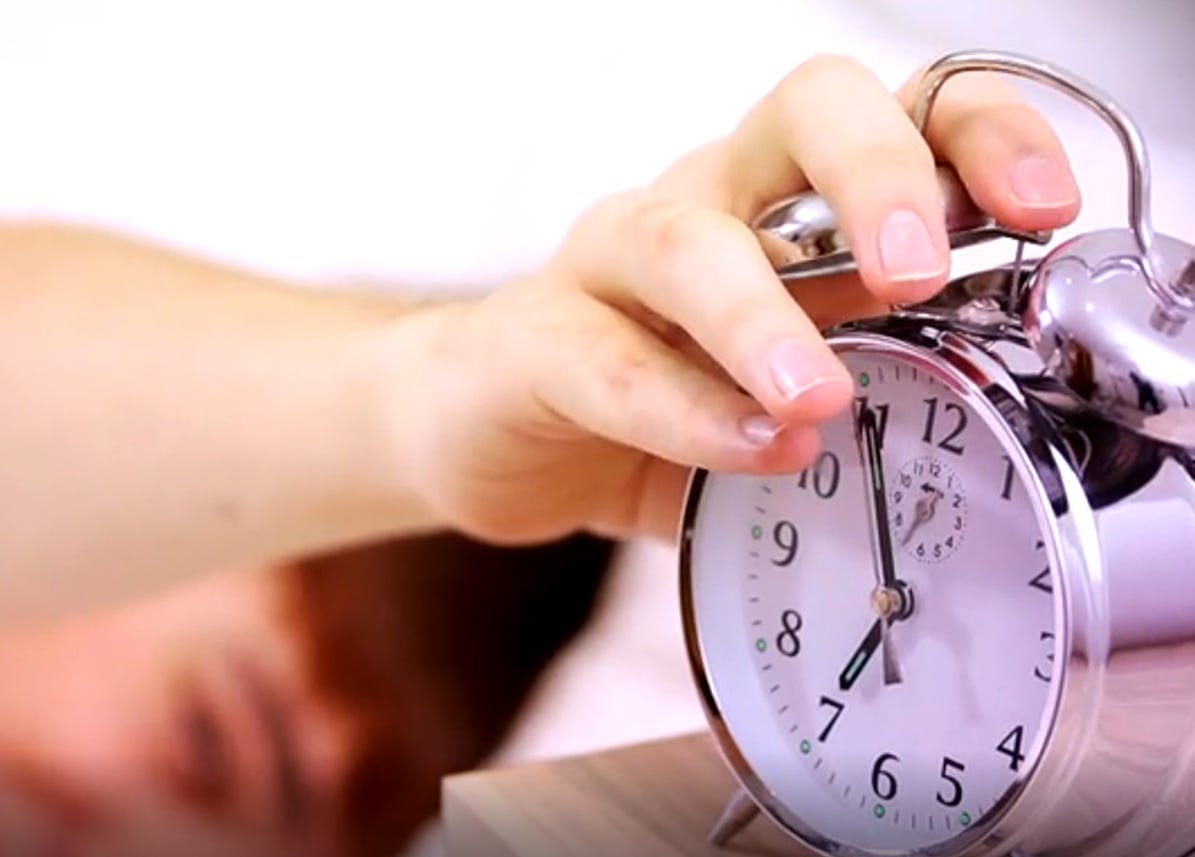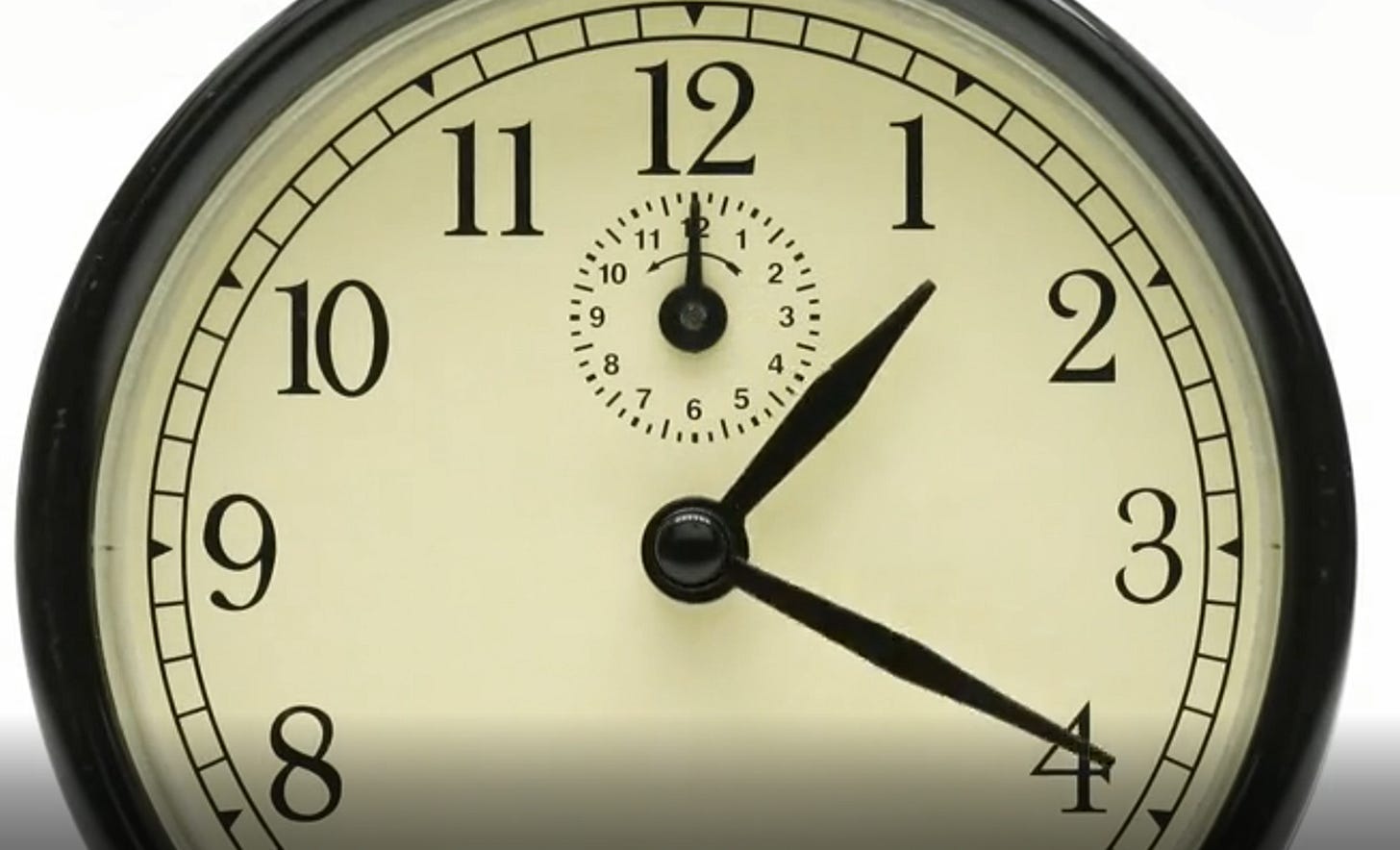SPRING FORWARD FALL BACK - Daylight Savings Time
The Story of British Summer Time & Why We Change the Clocks.
Every year, people set their clocks forward in spring and back in autumn. But why do we do this?
The answer lies in a century-old idea called British Summer Time.
The idea of changing the clocks to make better use of daylight dates back to 1907, when a British builder named William Willett campaigned for it.
He hated seeing daylight wasted while people slept, and wanted to shift the clocks forward in summer to encourage outdoor activity and productivity.
At first, Willett’s idea wasn’t taken seriously, but during World War I, it became clear that shifting the clocks could save fuel and increase working hours.
So, in 1916, Britain introduced British Summer Time, moving the clocks forward by one hour in March and back again in October.
Britain wasn’t alone, many other countries adopted similar systems.
Today, over 70 countries, including most of Europe, the United States, Canada, and Australia, still adjust their clocks for daylight saving time.
The goal is simple: to make better use of daylight hours, reducing the need for artificial lighting and giving people more time to enjoy the outdoors.
Even today, British Summer Time remains in force, despite ongoing debates.
Supporters argue that it reduces energy use, improves road safety, and boosts outdoor activities.
Critics, however, say the time-change disrupts sleep patterns and isn’t as necessary in modern life.
Some countries have already abandoned daylight saving time, but for now, the UK continues the tradition, meaning we still 'spring forward' and 'fall back' every year.
Love it or hate it, British Summer Time is here to stay, at least for now.
So, when the time comes, don’t forget to change your clocks!





